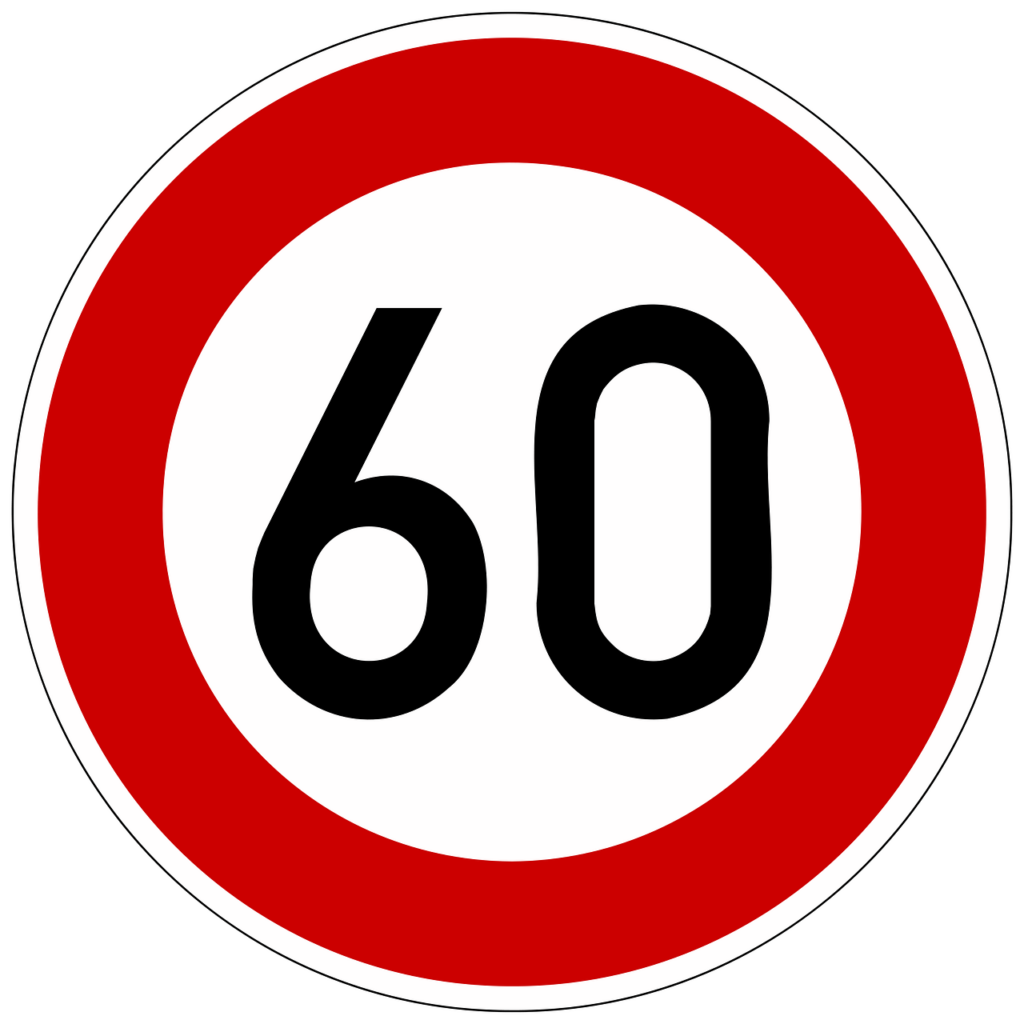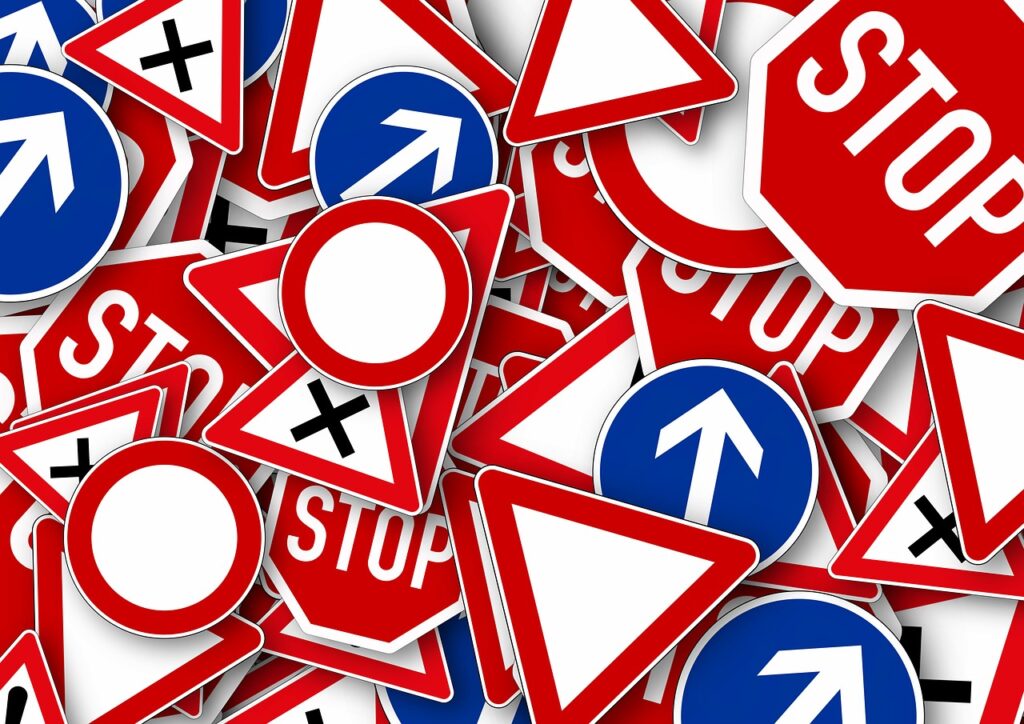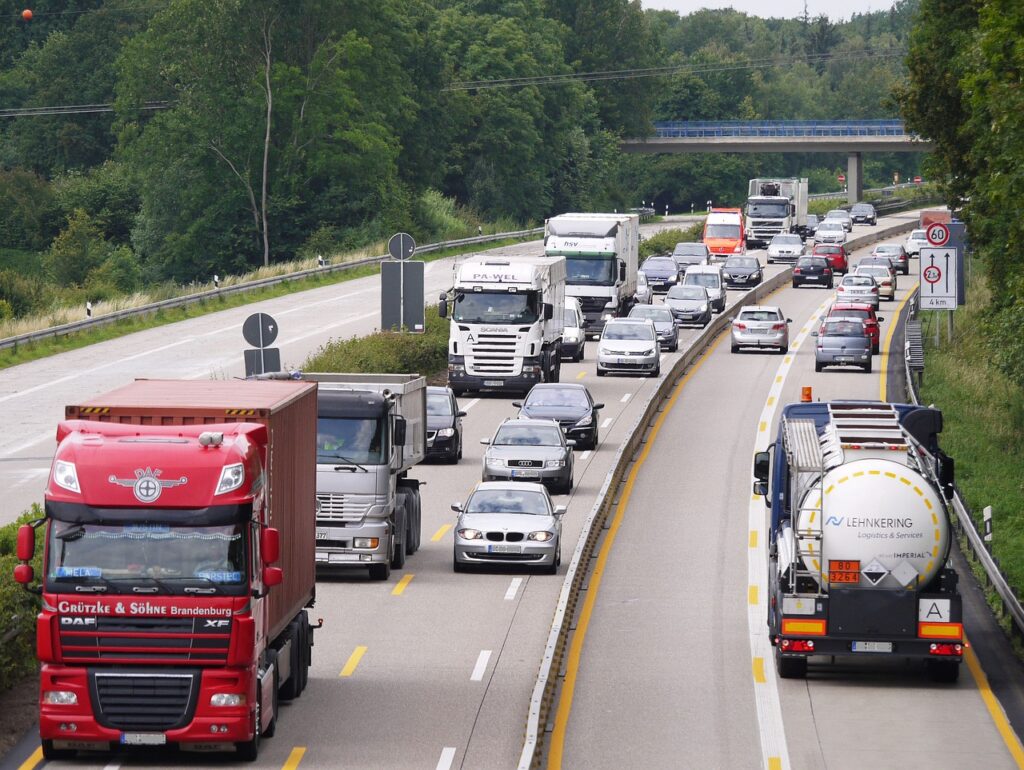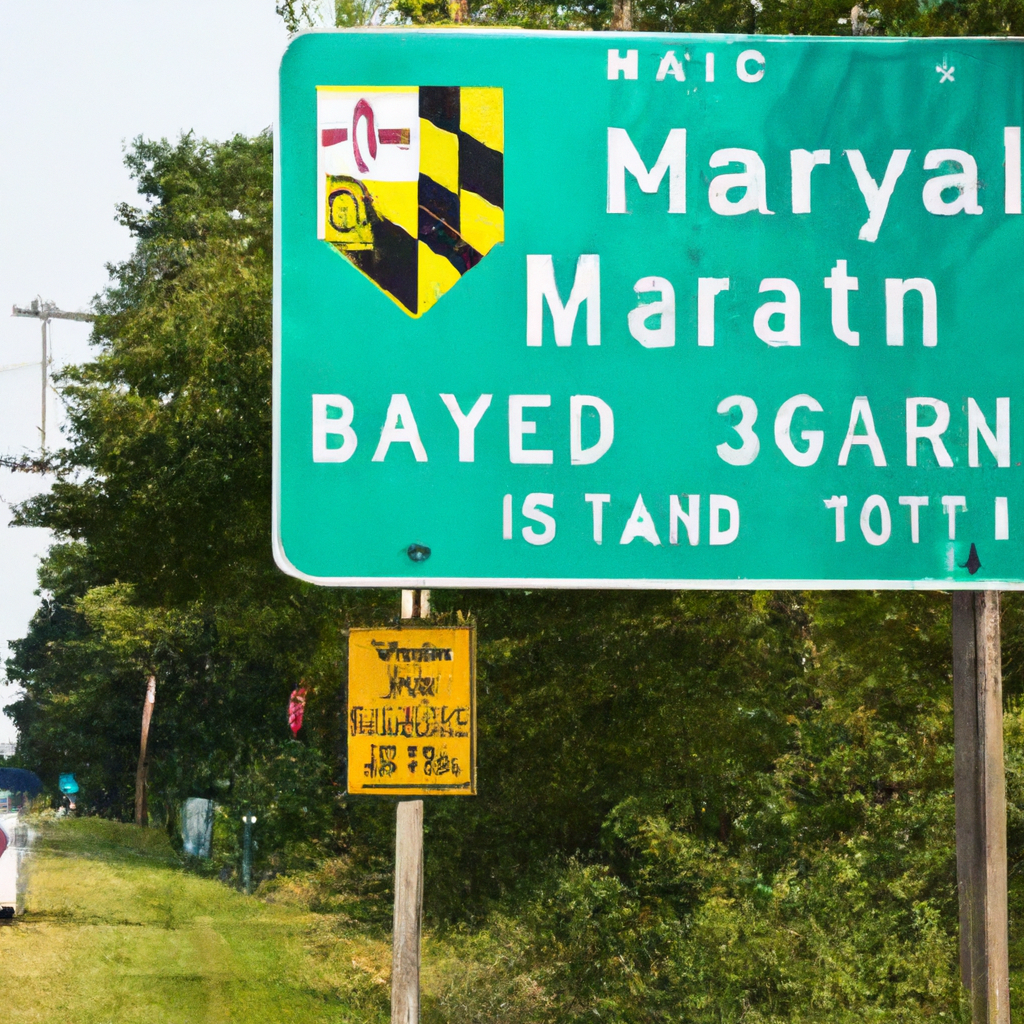Are you a Maryland resident or simply passing through the state? Either way, it’s essential to brush up on the speed limit regulations that govern Maryland highways. Understanding the speed limits can ensure not only your safety but also help you avoid any unwanted encounters with the law. So, let’s dive right in and explore the speed limits on Maryland highways, empowering you to navigate the roads with confidence and ease.
Maryland Speed Limits
General Speed Limit
In Maryland, the general speed limit is set at 65 miles per hour (mph). This means that unless otherwise stated, the maximum speed you can legally travel on any highway in the state is 65 mph. However, it is important to note that this speed limit may vary depending on the type of road and specific conditions.
Speed Limit on Highways
On highways within Maryland, the speed limit is generally 65 mph. Highways are typically defined as roads that have multiple lanes and are designed for higher speeds. These roads are often well-maintained with controlled access points to ensure smooth flow of traffic. It is important to adhere to the speed limit on highways as it helps to maintain order and safety on these fast-moving roads.
Interstate Speed Limits
Urban Interstate Speed Limit
When it comes to interstate highways that run through urban areas in Maryland, the speed limit is generally set at 55 mph. Urban interstates are those highways that pass through densely populated areas and may have more exits and entrances compared to rural interstates. The reduced speed limit helps to account for the higher traffic volume and potential hazards associated with urban driving.
Rural Interstate Speed Limit
On the other hand, the speed limit on interstate highways that run through less populated and rural areas in Maryland is typically 65 mph. Rural interstates generally have fewer exits and entrances compared to urban interstates, allowing for smoother traffic flow and higher speeds. However, it is important to always drive at a safe and appropriate speed, taking into consideration weather conditions and other factors that may affect road safety.

Non-Interstate Speed Limits
Primary and Secondary Road Speed Limit
For primary and secondary roads in Maryland that are not classified as interstates, the speed limit is typically set at 55 mph. These roads often connect different communities, towns, and cities within the state. Although the speed limit is lower compared to interstates, these roads may have more intersections, driveways, and pedestrian activity, making it important to drive with caution and stay within the posted speed limit.
Urban Area Speed Limit
Within urban areas, the speed limit is generally lower than on highways and interstates. In Maryland, the speed limit within urban areas is typically set at 30 mph. This lower speed limit ensures the safety of both pedestrians and drivers, especially in areas with heavy foot traffic and closely spaced intersections. It is important to watch for signs indicating the speed limit within urban areas and adjust your speed accordingly to promote road safety.
Special Speed Limit Zones
School Zones
In Maryland, school zones are areas near schools where reduced speed limits are enforced during certain times of the day. The speed limit in school zones is typically set at 20 mph. These reduced speed limits are in place to ensure the safety of children who may be walking or crossing the road in the vicinity of schools. It is crucial to abide by the posted speed limit in school zones to help prevent accidents and protect our youngest pedestrians.
Construction Zones
When passing through construction zones in Maryland, it is important to be mindful of reduced speed limits. Construction zones often have personnel and equipment present, which can create potential hazards. The speed limit in construction zones varies depending on the specific work being done, and it is usually indicated by signs and temporary speed limit reductions. Following the posted speed limit in construction zones is vital to maintain the safety of both workers and drivers.
Work Zones
Similar to construction zones, work zones in Maryland require drivers to adhere to reduced speed limits. Work zones include areas where road maintenance or repairs are taking place, such as resurfacing, striping, or road widening. These zones are typically marked with signs indicating the reduced speed limit. Driving at a safe speed within work zones is essential to ensure the safety of workers and the smooth progress of road projects.
Residential Zones
Residential zones in Maryland are areas where speed limits are typically lower to ensure the safety of residents and promote a quieter and more pleasant living environment. The speed limit in residential zones is usually set at 25 mph. The lower speed limit helps to prevent accidents and allows for better response time in case unexpected pedestrian or vehicle movements occur. It is important to drive attentively and respect the speed limit in residential areas to maintain the safety of all those who live there.

Posted Maximum Speed Limit
Factors Affecting Posted Speed Limits
The posted speed limit on Maryland highways and roads is determined based on several factors. These factors include road design, traffic volume, accident history, and the surrounding environment. Highways with more lanes, wider shoulders, and controlled access points typically have higher speed limits, while roads with more intersections, pedestrian activity, and residential areas tend to have lower speed limits. Additionally, speed limits may be adjusted based on current road conditions, such as inclement weather or construction.
Penalties for Exceeding the Speed Limit
It is important to always adhere to the posted speed limit in Maryland to avoid penalties and maintain road safety. Penalties for exceeding the speed limit can vary depending on the severity of the violation. Common penalties include fines, points on your driving record, and even the possibility of license suspension. Speeding can also contribute to increased risk of accidents and injuries. By driving responsibly and within the posted speed limit, you not only avoid penalties but also help create a safer driving environment for yourself and others on the road.
Speed Limit Enforcement
Speed Cameras
In Maryland, speed cameras are utilized to enforce speed limits in certain areas. These cameras are typically placed at locations with a history of speeding violations or where road safety is a concern, such as school zones and work zones. Speed cameras help to deter speeding and capture images or video footage of vehicles exceeding the speed limit. If a vehicle is found to be speeding, the owner may receive a citation and be subject to fines or other penalties.
Radar and LIDAR Guns
Law enforcement officers in Maryland also use radar and LIDAR (Light Detection and Ranging) guns to measure the speed of vehicles. Radar guns emit radio waves that bounce off moving objects, allowing officers to determine the speed of a vehicle. LIDAR guns, on the other hand, use laser technology to measure vehicle speed. Both radar and LIDAR guns provide accurate readings and are commonly used by police officers to enforce speed limits.
County and Municipal Police
County and municipal police agencies in Maryland are responsible for enforcing speed limits on local roads and highways within their jurisdiction. These officers have the authority to issue citations to individuals who are found to be exceeding the speed limit. By actively patrolling and monitoring traffic, county and municipal police help ensure that drivers comply with posted speed limits and maintain road safety.
State Highway Patrol
The Maryland State Highway Patrol, also known as the Maryland State Police, plays a crucial role in enforcing speed limits on state highways and interstates. State troopers are responsible for patrolling these roads, monitoring speed limit compliance, and taking appropriate action against speeders. With their specialized training and equipment, state troopers contribute to maintaining the safety and orderliness of Maryland’s highways.

Speed Limit Myths
Myth 1: Yellow Speed Limit Signs Indicate Advisory Speeds
One common myth is that yellow speed limit signs indicate advisory speeds rather than legally enforceable limits. In reality, yellow speed limit signs carry the same legal weight as white signs and must be followed just like any other posted speed limit. These signs are often used in areas with specific hazards or curves where a lower speed is recommended for safety reasons.
Myth 2: Maximum Speed Limit Mirrors a Safe Speed
Another myth is that the maximum speed limit indicates a safe speed to travel under any circumstances. However, this is not the case. Speed limits are set based on a variety of factors, including road design, traffic patterns, and environmental conditions. It is important to always assess the specific situation and adjust your speed accordingly. Driving at or below the posted speed limit does not guarantee safety if conditions such as weather, visibility, or traffic congestion warrant a slower speed.
Maryland Speeding Laws
Fines and Penalties for Speeding
Speeding violations in Maryland are subject to fines and penalties based on the severity of the offense. The fines vary depending on how much the driver exceeds the speed limit. For example, exceeding the speed limit by 1 to 9 mph may result in a fine of $80, while exceeding the speed limit by 10 to 19 mph may result in a fine of $90.
Points System for Speeding Violations
In addition to fines, speeding violations in Maryland also result in the assessment of points on the driver’s record. The number of points assigned depends on the speed at which the driver was caught exceeding the limit. Accumulating too many points within a certain period of time can lead to the suspension or revocation of a driver’s license. It is important to drive within the posted speed limits to avoid accumulating points on your record and maintain your driving privileges.

Traffic Safety Tips
Adhere to Posted Speed Limits
One of the most important traffic safety tips is to always adhere to the posted speed limits in Maryland. Speed limits are set based on various factors to ensure the safety of all road users. By driving within the speed limits, you reduce the risk of accidents, maintain better control of your vehicle, and give yourself ample time to react to unexpected situations.
Pay Attention to Speed Limit Changes
Be vigilant and pay attention to speed limit changes as you drive through different areas in Maryland. Signs indicating changes in the speed limit are posted to inform drivers of the appropriate speed for the specific road conditions. Ignoring these signs can not only result in penalties but also compromise your safety and the safety of others. Stay alert and adjust your speed accordingly to ensure a safe and smooth driving experience.
Maintain a Safe Speed
While it is important to adhere to posted speed limits, it is equally important to adjust your speed based on prevailing conditions. Factors such as weather, visibility, road surface conditions, and traffic congestion may require you to drive slower than the posted limit. Use your judgment and common sense to maintain a safe and appropriate speed that suits the conditions at hand. Remember, it is better to arrive safely at your destination than to rush and risk an accident.
Conclusion
Understanding the speed limits on Maryland highways is crucial for safe and legal driving. By being aware of the various speed limits and following them diligently, drivers can contribute to reducing accidents and promoting road safety. Whether you are driving on interstates, local roads, or within residential areas, always prioritize your safety and the safety of others by adhering to the posted speed limits. Remember to pay attention to speed limit changes, maintain a safe speed based on road conditions, and drive responsibly at all times. Together, we can create a safer driving environment for everyone in Maryland. Drive safely!


